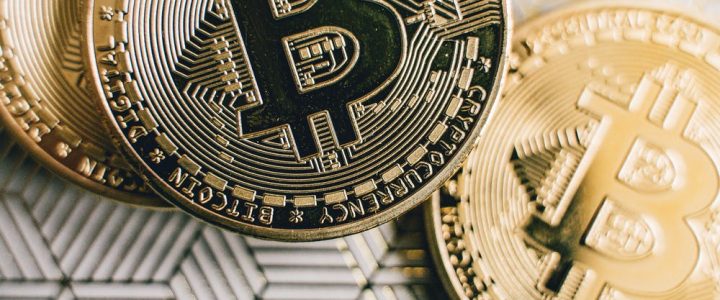Bitcoin se recuperó el lunes cuando los inversores aprovecharon los niveles más bajos en siete semanas para volver a acumularse. La criptomoneda más grande subió hasta un 13% a más de $ 54,000, la mayor ganancia intradía desde principios de febrero. La medida se produce cuando JPMorgan Chase & Co.se está preparando para presentar un fondo de Bitcoin gestionado activamente a algunos clientes tan pronto como este verano, informó Coindesk, citando a personas no identificadas familiarizadas con el asunto. El rebote revierte una caída de dos semanas que había empujado a Bitcoin por debajo de su promedio móvil de 100 días en medio de advertencias técnicas de Wall Street y temores de una creciente burbuja criptográfica. Crypto prediccion son positivos.
Algunos señalaron el movimiento del lunes en un tuit del multimillonario Elon Musk, quien en el pasado ha afectado los precios con sus comentarios en la plataforma social.
En una posible referencia a las criptomonedas, el fundador de Tesla Inc. preguntó “¿Qué significa el futuro hodl?”, Utilizando un término que a menudo se considera que significa “esperar por la vida” que los partidarios usan para referirse a comprar y mantener sus activos digitales.
Después de que los mercados cerraron en Nueva York el lunes, los resultados trimestrales de Tesla Inc. de Musk revelaron que gastó $ 1.2 mil millones en Bitcoin en el primer trimestre y ganó $ 101 millones vendiéndolo durante ese período. Musk había revelado la inversión en criptomonedas en febrero y el anuncio posteriormente ayudó a impulsar un repunte al rojo vivo para el activo digital. Las acciones expuestas a criptomonedas también aumentaron. Monex Group Inc. ganó un 7,1%, mientras que Remixpoint Inc. aumentó un 7% y Ceres Inc. añadió un 6,1%. En los EE. UU., Coinbase Global Inc. ganó un 4,4%, mientras que Riot Blockchain Inc. subió un 6,3%.
- Bitcoin ha retenido una ganancia de aproximadamente el 80% en lo que va del año, ya que los inversores de renombre lo respaldan y las instituciones desde Goldman Sachs Group Inc. hasta Bank of New York Mellon avanzan sus ofertas en torno a las criptomonedas. John Normand de JPMorgan reiteró en una nota el viernes que el ascenso de Bitcoin ha sido más pronunciado que cualquier otra innovación o burbuja financiera de los últimos 50 años. Ethereum prediccion son positivos.
- “Los toros criptográficos dieron un suspiro de alivio cuando la profunda derrota de la semana pasada en el espacio no se extendió”, escribió Steen Jakobsen, director de inversiones de Saxo Bank, en una nota. Sin embargo, “tiene un gran muro que escalar para neutralizar completamente la reciente ola de ventas


